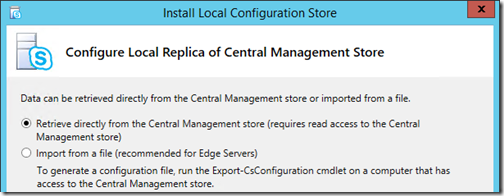
There is no single template for a program to optimize antibiotic prescribing in hospitals. There are suggestions specific to small and critical access hospitals in Implementation of Antibiotic Stewardship Core Elements at Small and Critical Access Hospitals ( 12). The Core Elements are applicable in all hospitals, regardless of size. This document updates the 2014 Core Elements for Hospital Antibiotic Stewardship Programs and incorporates new evidence and lessons learned from experience with the Core Elements. Core Elements for Hospital Antibiotic Stewardship Programs: 2019 The field of antibiotic stewardship has advanced dramatically since 2014, with much more published evidence and the release of an implementation guideline from the Infectious Diseases Society of America and the Society for Healthcare Epidemiology of America ( 16). View the Core Elements of Hospital Antibiotic Stewardship uptake in the Antibiotic Resistance & Patient Safety Portal.

In 2018, 85% of acute care hospitals reported having all seven of the Core Elements in place, compared to only 41% in 2014 ( 15). United States hospitals have made considerable progress implementing the Core Elements. The 2019 hospital Conditions of Participation from the Centers for Medicare and Medicaid Services (CMS) created a federal regulation for hospital antibiotic stewardship programs and also reference the Core Elements ( 14). The Core Elements form the foundation for antibiotic stewardship accreditation standards from the Joint Commission and DNV-GL ( 13). Partners across the country are using the Core Elements to guide antibiotic stewardship efforts in hospital settings.
#Cms mus2 core 2015 update pdf
2020 Antimicrobial Use Option Data Report – November 2021 pdf icon Ģ020 Antimicrobial Use Option Report Data Tables – November 2021 excel icon IntroductionĪntibiotics have transformed the practice of medicine, making once lethal infections readily treatable and making other medical advances, like cancer chemotherapy and organ transplants, possible. Other less common types of Medicare Advantage Plans that may be available include Hmo Point Of Service (Hmopos) PlansĪnd a Medicare Medical Savings Account (Msa) Plan Preferred Provider Organization (PPO) Plans.Health Maintenance Organization (HMO) Plans.Also, you’ll need it if you ever switch back to Original Medicare. Below are the most common types of Medicare Advantage Plans. Keep your red, white, and blue Medicare card in a safe place because you may need to use your Medicare card for some services. Remember, you must use the card from your Medicare Advantage Plan to get your Medicare-covered services. Some plans offer non-emergency coverage out of network, but typically at a higher cost. These plans set a limit on what you’ll have to pay out-of-pocket each year for covered services.

In most cases, you’ll need to use health care providers who participate in the plan’s network. Most Medicare Advantage Plans include drug coverage (Part D). Medicare Advantage Plans, sometimes called “Part C” or “MA Plans,” are offered by Medicare-approved private companies that must follow rules set by Medicare. Medicare Advantage Plans are another way to get your Medicare Part A and Part B coverage.


 0 kommentar(er)
0 kommentar(er)
